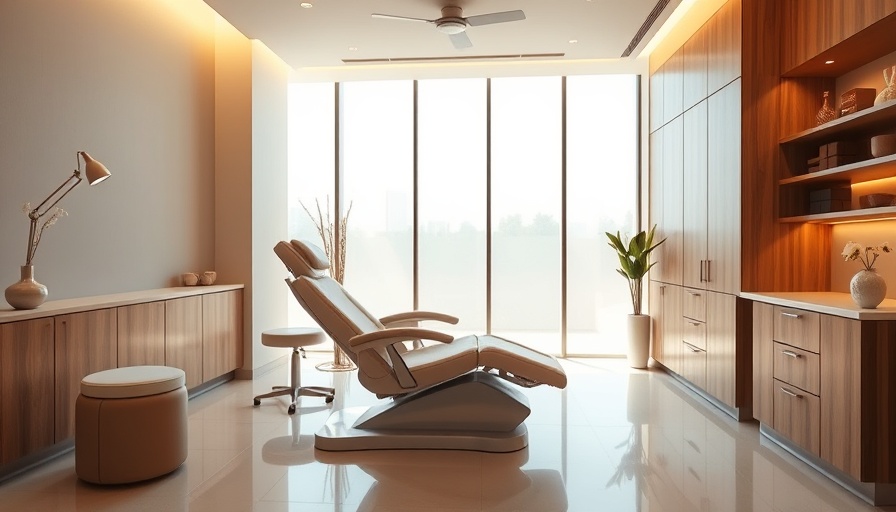
Understanding the Medspa Crisis: A Call for Regulation
Recent discussions surrounding medspas have heightened awareness of the potential dangers consumers face in this burgeoning industry. John Oliver, on his show Last Week Tonight, shed light on the troubling lack of universal safety standards within medspa operations, prompting medspa owners and aesthetics experts alike to voice their concerns. The growing intersection of beauty and medical practices raises pressing questions about the adequacy of current regulations and whether they are sufficient to ensure patient safety.
As the aesthetics field continues to grow and evolve, professionals emphasize the urgent need for clearer, standardized regulations across states. This article aims to explore the implications of Oliver's expose, providing insights into the risks involved and actionable steps that practitioners can take to enhance safety and compliance in their practices.
The Landscape of Medspa Regulations
The aesthetic medicine industry remains in its infancy, often lacking the comprehensive oversight seen in more established medical disciplines. Each state currently imposes its own regulations, leading to a patchwork of practices that can confuse both practitioners and patients. This inconsistency can lead to dangerous situations, as some facilities may not adhere to the same standards for cleanliness, training, or oversight of medical procedures.
| Key Points | Solutions |
|---|---|
| Inconsistent state regulations | Advocate for universal regulations |
| Inadequate training for staff | Implement standardized training programs |
| Potential for unsafe practices | Conduct regular safety assessments |
| Consumer confusion regarding services | Increase transparency in service descriptions |
The Importance of Universal Safety Standards
Safety and compliance in medspas are paramount, but the establishment of universal standards is hindered by varying perceptions of aesthetic procedures. Aestheticians and surgeons stress that the absence of common safety protocols can lead to malpractice and patient harm. Establishing universal standards would not only protect patients but also help legitimize the industry.
| Key Points | Solutions |
|---|---|
| Lack of standard protocols | Create industry-wide guidelines |
| Patient safety risks | Implement regular training for staff |
| No certification requirements | Establish certification for practitioners |
| Unclear liability in cases of malpractice | Clarify legal frameworks for accountability |
Next Steps for Medical Spa Owners
As the medspa industry faces scrutiny, it is essential for owners to take proactive measures. These actions not only safeguard clients but also enhance the reputation of the aesthetics field as a whole. By staying informed about evolving best practices and regulatory requirements, practitioners can cultivate a culture of safety and compliance within their facilities.


| Key Points | Solutions |
|---|---|
| Resistance to change | Promote a positive safety culture |
| Limited resources for training | Utilize free resources and webinars |
| Potential backlash from clients | Educate patients on new protocols |
| Outdated practices | Stay updated with industry trends |
Conclusion: Take Action For a Safer Future
In summary, the recent expose by John Oliver has opened a vital conversation about safety and regulatory standards in the medspa industry. As standards evolve, it is crucial for spa owners to be proactive in implementing best practices to protect their clients and foster trust within the market.
Below is a checklist of actionable steps medspa owners can take:
- Advocate for universal regulations within the industry.
- Standardize training programs for all staff members.
- Conduct regular safety assessments of procedures.
- Increase transparency with clients regarding services offered.
- Stay informed about changes in regulations and industry trends.
Frequently Asked Questions
What should I look for in a safe medspa?
Ensure the facility has certified practitioners, transparent service descriptions, and a clean and professional environment.
How can I stay informed about industry standards?
Sign up for newsletters from reputable medical associations and attend industry conferences.
What are the risks of operating without regulations?
Without regulations, there is a higher risk of malpractice, dangerous procedures, and patient harm.
 Add Row
Add Row  Add
Add 




Write A Comment